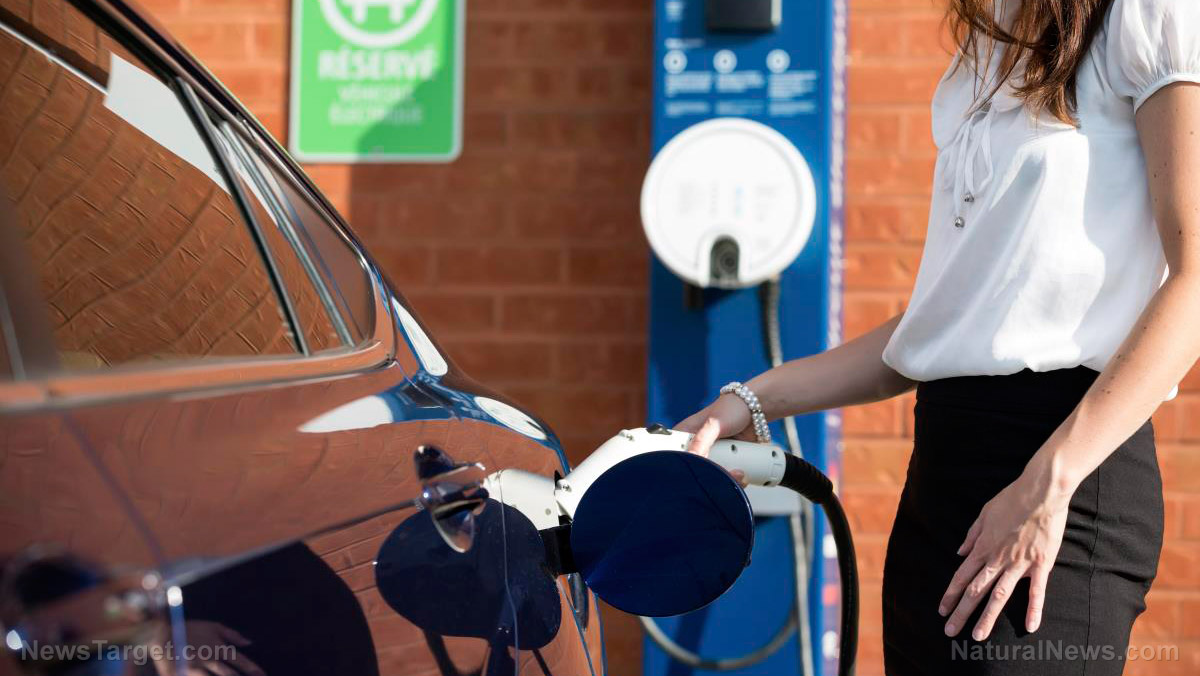
Advertisement
A researcher from the University of Delaware (UD) presented the latest prototype of a smart glass that’s better and cheaper than anything on the market or in development, reported NewsWise.
During the SPIE Smart Materials and Nondestructive Evaluation for Energy Systems IV conference in Denver, Colorado, Keith Goossen showed the newest iteration of the smart device that he developed alongside fellow UD researcher Daniel Wolfe.
Goossen didn’t come up with the concept of the smart glass and he didn’t make the first one, either. But his prototype costs only a fraction of the price of its competitors.
According to him, his smart glass also displays superior transparency and reflective properties.
Smart glass panels can be used in eco-friendly building envelopes, roofs, windows, and vehicular windshields to help regulate internal temperature.
During the summer, they can reflect heat and light to keep a building cool, while in the winter they can absorb the same to keep a space warm and cozy. (Related: Breakthrough construction material for earthquake protection will mean safer buildings and bridges.)
Smart glass uses methyl salicylate, an extract used for topical pain relief
Goossen’s original smart glass pane is essentially two plastic sheets with a narrow space between them. Inside each sheet are tiny cube-like structures that give the glass its retroreflective properties.
Whereas reflective material scatters light, retroreflective materials returns the light back to its source.
The chamber between the sheets is filled with methyl salicylate. A cheap fluid taken from the wintergreen plant, the organic extract is perhaps better known for its use in topical pain relief creams.
It so happens that methyl salicylate can interact with visible light in much the same way as the retroreflective material in the plastic sheets. Working together in what is called refractive index matching, the two sheets and the fluid can become transparent.
Goossen reported that his original smart glass system can switch between transparent and reflective states 1,000 times without breaking down. He published a research paper in the journal Optics Express in 2017 that attested to that capability.
New smart glass prototype deemed fit for commercialization
The new smart glass prototype features sheets with perpendicular layers of one-dimensional structures that achieve complete internal reflection. Possessing a 60-degree angle of incidence, the new glass panes boast higher reflectivity than the original version.
“It performed better than we thought it would based on our theoretical understanding,” Goossen said.
While Goossen built his prototypes using 3D printing techniques, he believes conventional injection molding manufacturing could be used to mass-produce his smart glass technology in the near-future.
He is currently testing his smart glass system in various temperatures to determine the limits of its fluid component. Depending on the final material that will be used in the production model, the lowest temperature the system can operate in could range anywhere between three and 16 degrees Fahrenheit.
“There is a lot of interest in the capability this might represent,” Goossen said.
If anyone can commercialize the new technology, it’s Goossen. The Delaware researcher not only has more than 80 patents to his name, he also founded a successful start-up company in 2001.
At UD, he teaches High Technology Entrepreneurship, a course that covers the engineering, financial, legal, and scientific challenges encountered by tech start-up companies. He encourages his undergraduate and graduate students to cultivate curiosity in the smallest things.
Goossen cited his smart glass as an example of a project that started off as a hunch and bore fruit when he and Wolfe pursued it.
“Sometimes it’s just an instinct about what might be interesting,” he advised.
Learn more about smart technology at Inventions.news.
Sources include:
Submit a correction >>
This article may contain statements that reflect the opinion of the author
Advertisement
Advertisements
















